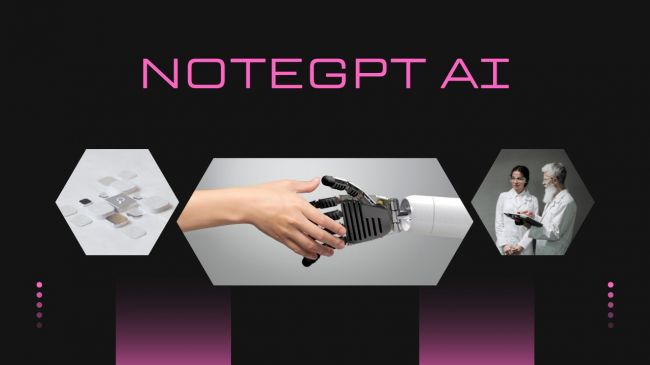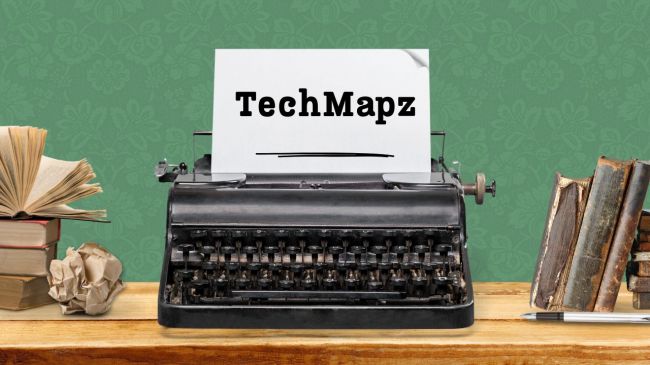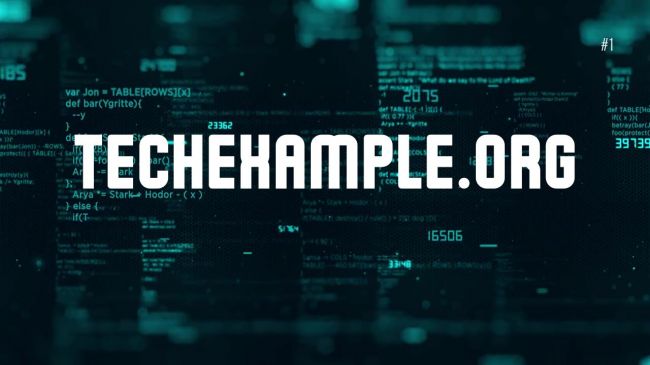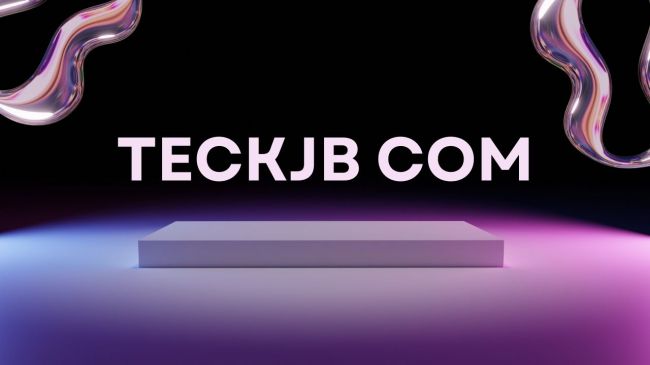In a digital landscape crowded with recycled content and quick takes, Techsslash stands out as a publication that values clarity and consistency. It doesn’t chase trends for the sake of traffic. Instead, it focuses on simplifying technology for readers who want to understand, not just consume. As a reviewer, I approached Techsslash with the same scrutiny I apply to any content platform, looking at design, editorial depth, accuracy, and reader experience.
What I found is a site that gets many of the fundamentals right but still has room to evolve into a stronger authority in its niche.
Editorial Strength and Topic Breadth
Techsslash operates with a clear intent: to make complex technology approachable. The editorial scope is wide, covering everything from gadget reviews and app tutorials to finance, lifestyle, and entertainment. This diversity attracts multiple audience segments without diluting the brand voice.
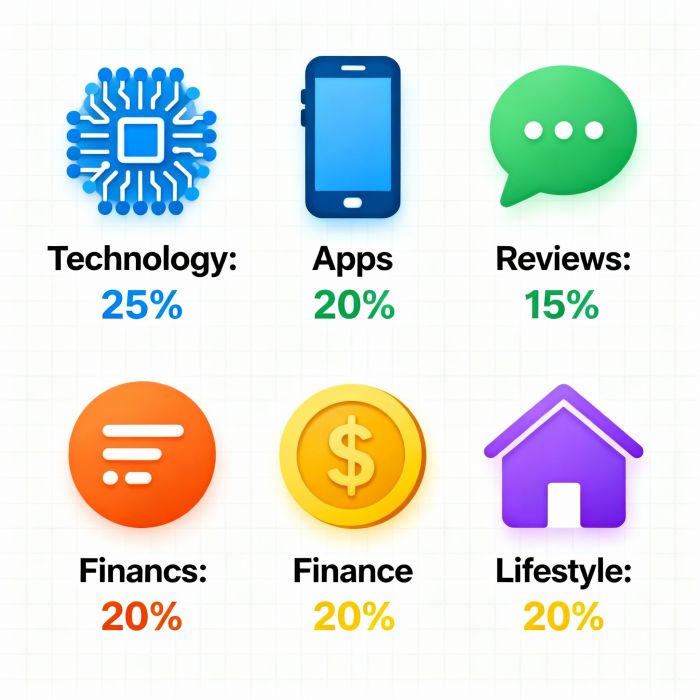
Positive Note:
The mix of topics feels intentional, not scattered. Each category complements the others, building topical authority while keeping readers engaged through variety.
What Could Be Improved:
Some tutorials and guides lack consistent depth. While the structure is clean, a few articles could include alternate methods or device variations to reduce reader drop-offs. Adding that completeness would give the site more credibility in competitive queries.
Review Quality and Practical Relevance
One of Techsslash’s most consistent strengths is its review voice. Instead of listing features, it focuses on real usability. Reviews compare devices and apps on performance, experience, and longevity, not hype.
The presence of pros and cons boxes helps readers make quick decisions. Still, these could be refined with “who should buy” or “who should avoid” sections, creating a more human recommendation structure that mirrors professional comparison models.
From a professional standpoint, this kind of structure builds trust loops; readers see transparency in evaluation, which encourages them to return. It’s a simple yet powerful differentiator from ad-heavy or affiliate-driven review sites.
Design, UX, and Readability
Techsslash has a user-first interface. The design is clean, the typography is legible, and the experience feels lightweight on mobile devices. Navigation is intuitive, allowing readers to reach tutorials and comparisons without unnecessary friction.
Teal Positive:
Page load speed on most articles is impressive, considering the visual elements in use. It supports quick reading, which aligns with modern consumption habits.
Teal Negative:
Media-heavy guides occasionally slow down loading times on mid-range phones. A round of image compression and lazy-loading would easily resolve this, improving both performance
SEO, Structure, and Search Behavior
From a content strategy perspective, Techsslash ranks well for intent-driven topics like “how-to,” “best,” and “versus” queries. Its titles are concise and descriptive, and its headings mirror common user searches rather than technical jargon.
Strength:
Clear heading structure and internal linking between tutorials, reviews, and finance guides help Google understand the topical hierarchy.
Weak Spot:
Structured data markup is inconsistent. Some pages use Product and FAQ schema, while others omit them entirely. Adding schema uniformly would enhance rich results and raise CTR on competitive keywords.
Trust Signals and Community Connection
Techsslash’s tone feels confident but not promotional, which is rare in the tech publishing space. It’s built around education rather than persuasion, making it a trusted voice for everyday readers.
Positives Worth Highlighting:
- Balanced monetization without intrusive ads
- Transparent editorial voice free from affiliate overreach
- Consistent updates that keep guides relevant
Areas for Growth:
The platform could benefit from visible author bios and expert credentials on each article. Adding publication dates, review timestamps, and editorial revisions would reinforce accountability. Similarly, more visible community interaction, reader stories, or feedback threads would strengthen engagement and time-on-site metrics.
Accessibility and Global Appeal
The reading experience is inclusive and easy to follow. Sentences are direct, and visuals support rather than overwhelm. The challenge lies in localization. Many product guides and price comparisons feel global but miss contextual details like regional pricing or warranty terms.
A future-facing approach could include regional filters for markets such as India, the UAE, or the United States. This small change would transform generic reviews into tailored buying advice.
Verdict
After a detailed evaluation, I would describe Techsslash as a reader-first digital publication with a professional conscience. It values accuracy and accessibility, and that integrity shows through its editorial choices.
Still, a few technical refinements, schema consistency, deeper tutorials, and visible author credibility could elevate it from a strong platform to a benchmark publication.
What makes it noteworthy is its restraint. Techsslash proves that digital growth doesn’t depend on clickbait or over-optimization. It thrives on trust, clarity, and purpose. In an age of noise, that focus alone makes it a publication worth watching.
The story of Techsslash is still unfolding, and the foundation it has built suggests that its next chapter could redefine how accessible tech journalism feels to the everyday reader.
Post Comment
Be the first to post comment!
